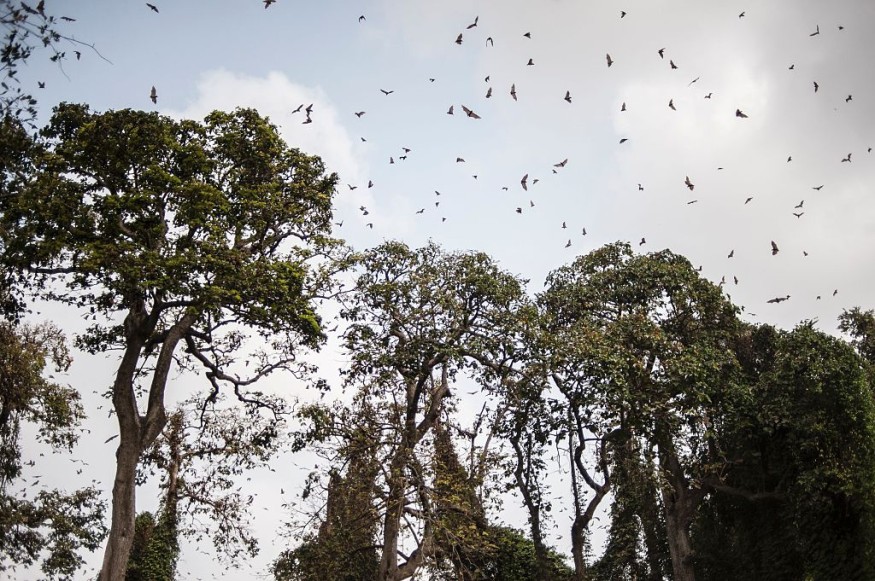According to recent research, experts rediscovered the rare species of elusive Strange Big-Eared Brown. The bat had evaded human capture for about 100 years.
The discovery of known and unknown species is vital to wildlife ecosystems and biodiversity. It helps scientists observe their behaviors, saving them from extinction crises or population decline.
Researchers can rediscover elusive species like the Strange Big-Eared Brown Bat with technological advancement and morphometric analysis. The International Union for the Conservation of Nature has classified the bat as Data Deficient.
Elusive big-eared brown bat sighted

Strange Big-Eared Brown Bat had been evading human capture for about 100 years. As a result, little is known about the species and its behavior. Researchers have been studying the species of the said bat, Histiotus alienus.
The Histiotus alienus is found in South America and Brazil. The study was published in the ZooKeys journal. Experts first described the Strange Big-Eared Brown Bat in 1916. However, there is little advancement in the bat species.
According to the report, Oldfield Thomas discovered the holotype of Histiotus alienus in Santa Catarina state in Southern Brazil. The second specimen of the Strange Big-Eared Brown Bat can better understand the species of Histiotus alienus.
The Strange Big-Eared Brown Bat is recognizable with their enlarged ears and dark-brown appearance. The bat was spotted in the following areas: rainforests, riparian forests and terrains.
With the researchers' expedition, they found a new specimen of a big-eared bat near the Palmas Grassland Wildlife Refuge. The discovery can protect and rediscover more of the Strange Big-Eared Brown Bat.
Also Read : Small Two Primates Discovered from Fossils in Utah, Texas That Likely Lived in Middle Eocene
Importance of bats in biodiversity and forests
Bats are crucial in dispersing seeds for trees and plants, especially in Central and South America. The seeds can likely grow, which helps with forest protection and recovery.
In addition, the report highlighted that 300 fruit species depend on bat species, including mangoes, cacao, bananas and avocadoes. Bats help for pollination of many fruits important to humans.
According to research in Philosophical Transactions of the Royal Society B, seed dispersals are vital to the forests and plant diversity. Protecting animals can increase forest restorations, especially in tropical forests.
Around the world, there are about 1,100 species of bats. The US records at least 40 bat species, but some suffer from population decline due to habitat loss and white-nose syndrome.
Being nocturnal, they can catch their prey in darkness using echolocation. They can fly 60 miles per hour and live up to 30 years.
Bats also protect crops from attacks by pests and insects. They like to consume large amounts of insects in their daily diet. With the importance of bats, protection efforts are essential to save them from population decline.
Related Article : 16 Weird-Looking Parasitoid Wasps in Vietnam: Recent Discovery Can Decipher Unknown Parasitic Behaviors
For more similar stories, don't forget to follow Nature World News.
© 2025 NatureWorldNews.com All rights reserved. Do not reproduce without permission.





